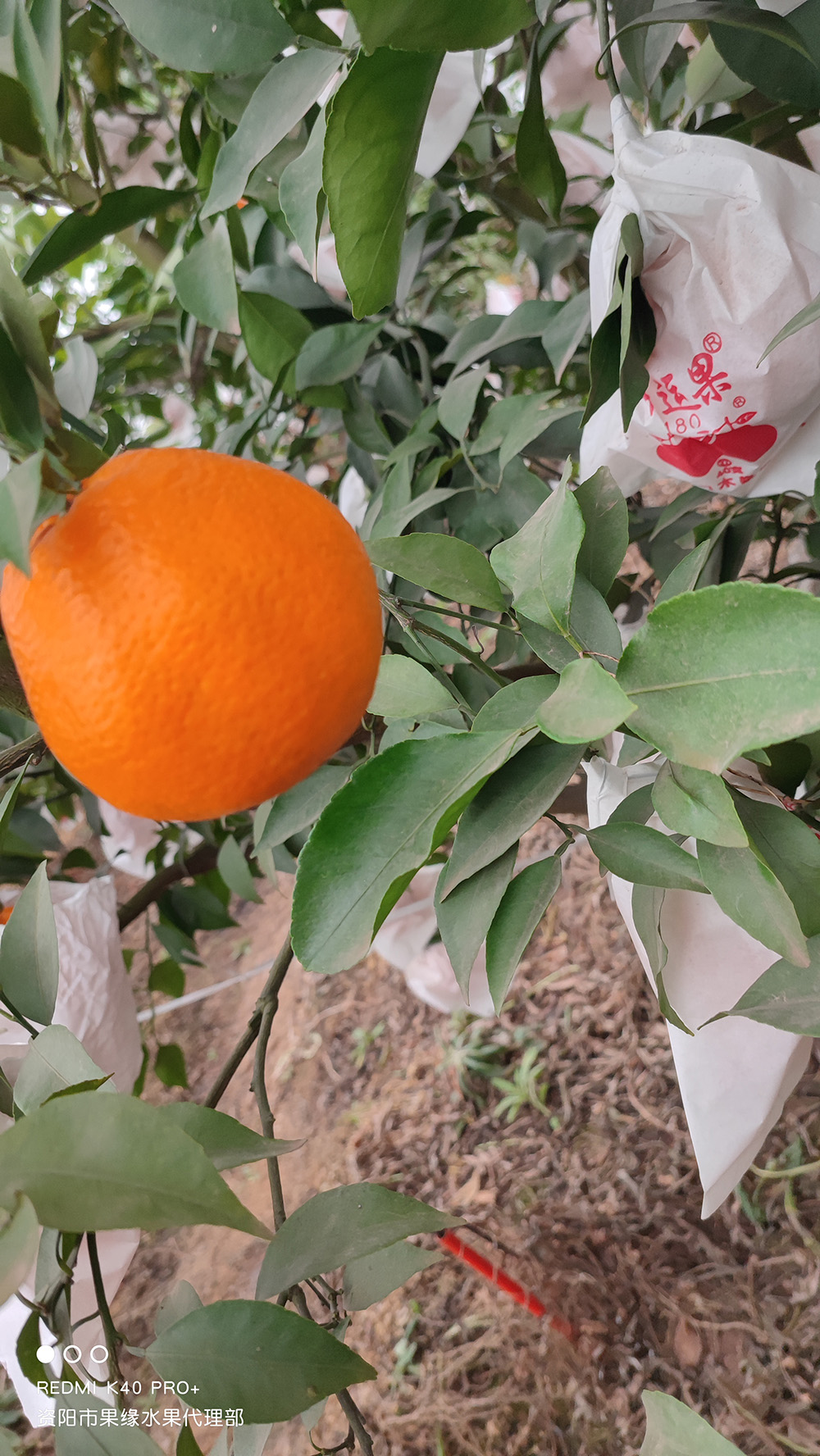Chunjian, a citrus plant of Rutaceae, is upright with small branching angle, high branching rate, strong branching force and no thorns; The leaves are oblong with waxy luster; The fruit is oblate or obovate, large and heavy, with orange peel, which looks smooth, shiny, thin, tightly wrapped, easy to peel, dark orange pulp and crisp and juicy texture. A ripe rake-rake orange in Sichuan has a hollow skin separated from the pulp, and the thin skin feels soft when pinched, so Sichuanese call it rake-rake orange. The reason why it is also called "seeing in spring" is because its maturity is on the occasion of welcoming the spring, which means beauty.
Chunjian, a hybrid citrus variety introduced from Japan by China, originated from the fruit tree experimental field in Shizuoka, Japan, and has been introduced and cultivated in Jiangxi, Fujian, Sichuan, Chongqing, Hunan, Zhejiang and other places in China. It likes a slightly acidic, warm and humid environment, and is generally planted in slightly acidic soil. The relative temperature and humidity are about 26℃ and 75%. Mainly rely on sexual reproduction methods, in which the selection of fertile land and fertilizer and water management are particularly important.
China Pharmacopoeia records that Chunjian contains vitamin C, citric acid and other nutrients, which has the effects of beauty beauty, relaxing bowels, promoting fluid production and quenching thirst.
Chunjian has good taste, high sugar content, sweet taste, tender and juicy meat and high economic value.


Chunjian is a late maturing variety that ripens around December in the Chengdu area. The single fruit weighs 150-400 grams and is high, flattened, and round in shape, with a relatively uniform size. The peel is orange yellow, the surface of the fruit is smooth and shiny, the oil cells are fine, and it is easy to peel. The flesh is orange in color, crispy and tender, juicy, with thin cyst walls, polarized residue, high sugar content, rich flavor, sweet and sour taste, no pits, and excellent quality. Juicy and sweet, with a good taste and superior quality compared to navel oranges, ponkan oranges, and others.
The summary is:
1. Fruit aroma: You don't need to peel it open, just open the fruit box and you can smell a burst of early spring citrus fragrance. The healing power is strong! Any fruit can smell the fresh fruity aroma of spring citrus.
2. Thin skin: The skin is thin and soft, not afraid of sticking to the hands or breaking, very easy to peel. For those who don't like skinning, it's simply a blessing.
3. Delicate: Peel off the skin, and the flesh is round and plump. Peel off the skin, and the flesh particles are clear and the taste is very delicate.
4. Sweetness: Chunjian is sweeter than oranges, with a central sweetness of around 15.1. When you take a bite, the sweet juice overflows, and the taste is very good.



So how to choose the best and most delicious rake oranges? Firstly, let's take a look at these three things:Look the place of origin; Look at the appearance; Look the weight;





